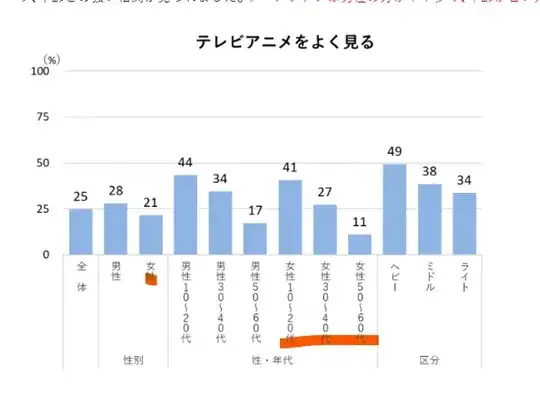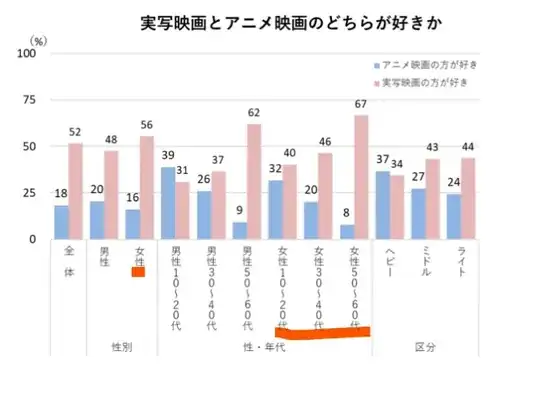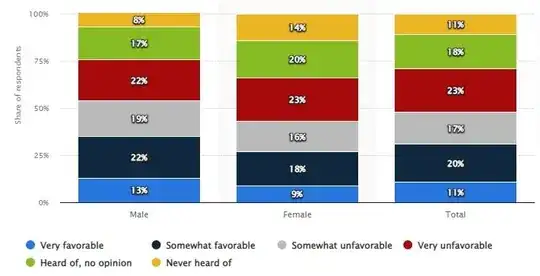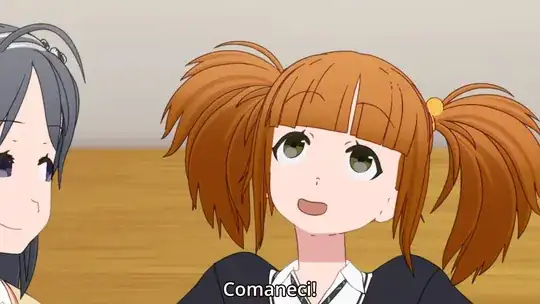tldr;
Q: Why are there more animes focused on harem in comparison to reverse harem?
A: Because of how much difficult it would be for the industry to profit from making reverse harems.
I like how @sundower answers the question with numbers that bring light to the comparatively low number of female anime consumers (and even lower number of female anime consumers that watch reverse harems). Profit companies must try to cater to the bigger audience groups, and anime studios are also companies.
That said, I would like to try to provide some of the reasons behind the numbers with the following two points:
Response to visual stimuli
(...) men still had higher ratings than women even for women-selected films. Together, these data demonstrated that men responded more to visual sexual stimuli than did women, and this sex differences was strengthened if the stimuli were chosen by a male. [1]
This shows two sides of the same coin:
- Male interest is an easier target to capture through visual media (harems).
- Female audience will be harder to please with visuals.
Culture focused in catering to male audience
Culture is another factor that contributes to the situation. This wikipedia entry shows a fairly complete list of harems and reverse harems in existence; 272 vs 35 as of 11/2022. This implies that anime studio employees and directors are at least 7 times more familiar, experienced and confident making and selling harem content than doing it with its counterpart. Going against a deep-rooted culture is hard.
Given this culture (or inertia) mostly pushes towards the creation of more harem animes, there is less interest, talent and funding for making reverse harems.
[1](https://www.ncbi.nlm.nih.gov/pmc/articles/PMC2739403) Rupp HA, Wallen K. Sex differences in response to visual sexual stimuli: a review. doi: 10.1007/s10508-007-9217-9. Epub 2007 Aug 1. PMID: 17668311; PMCID: PMC2739403.



